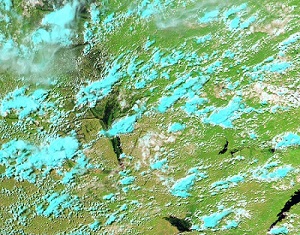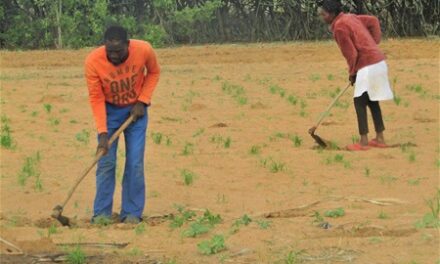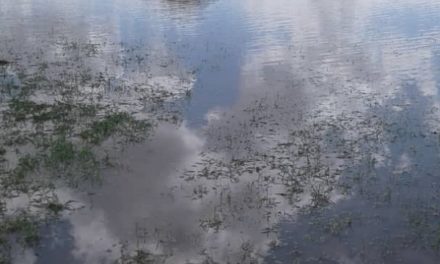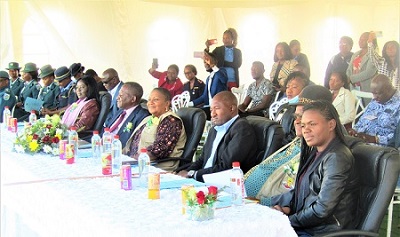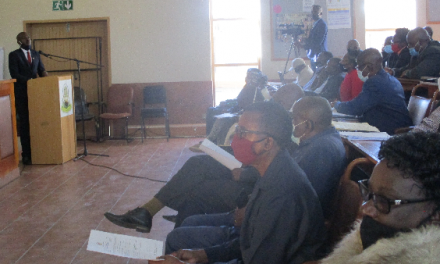
Given the recurring drought conditions and the threat posed to livelihoods, it is crucial to develop mechanisms to prudently utilise and capitalise on available resources such as the flood prone areas of the Zambezi Region which are home to reliable tributaries of the perennial rivers.
This was said by Mr Hanks Saisai, Agribank’s technical adviser on crops and poultry.
Saisai said that the below average rainfall received across Namibia has resulted in major challenges for the agricultural sector. To this end, farming communities in the central, southern, and eastern parts of Namibia are experiencing extensive scarcity of grazing and forage materials, which has resulted in the panic sales of livestock.
“Moreover, farming communities in the North-central (comprising of the 4 Os) and North-Eastern regions (comprising of Kavango West, Kavango East and Zambezi) have experienced crop failure,” he said.
These scenarios pose a threat to household food security and the livelihoods of average Namibians.
“As we linger at approximately 20 000 metric tonnes of white maize from local production in the current cropping year, compared to a total demand of ± 177 000 metric tonnes, there is a need to find ways to produce maize under irrigation in the Zambezi flood basin.
“As the region offers deep-well drained and fertile soils with good water holding capacity, this provides ideal conditions to address the shortage of staple grains such as white maize.
“As a start, it is essential for the Ministry of Agriculture, Water and Land Reform (MAWLR) to initiate the resumption of the Dryland Crop Production Programme (DCPP) in areas that have tributaries flowing all year round.”
Farmers in these areas can be incentivized through the provision of early maturity variety white maize seeds, ploughing services and user-friendly drip irrigation that makes use of furrow irrigation. The Ministry of Agriculture can support about six seasoned crop farmers to participate in this programme, said Saisai.
“Moreover, each farmer’s crop field should be registered with the Namibian Agronomic Board (NAB) to help facilitate the marketing of grains. Each farmer can grow white maize on 4 Ha of land, with an average yield of about 5.73 tons per Ha under irrigation, there is a potential of an estimated 22.92 tonnes being produced per farmer.
“If all 6 farmers in each area were to produce on 4 Ha, a potential 137.52 tonnes could be produced.”
Saisai pointed out that the aim would be to support about 60 farmers, and this would result in about 1 375.2 tonnes which could be sold to millers or purchased by the Office of the Prime Minister to increase the available level of grains at the National Reserve Silos.
“Additionally, farmers who produce grains under this special programme could be assisted with the transportation of grains from their respective areas to the right marketing channels in Katima Mulilo and beyond.
“The maize stalks on the land used for cultivation could then be crushed in hammer mills at the respective Agricultural Development Centres and sold to livestock farmers in the region at affordable prices to sustain their core breeding herds.”
This strategy, according to Saisai, has the potential to safeguard the livelihoods of farmers and the general Namibian populace that relies heavily on white maize as a crucial household staple.
“This would also curb the price inflation of food items such as mealie meal in shops, making it possible for low-earning families to afford the basic right to food three times a day.
“In a nutshell, let us fight the effects of drought collectively and make smart investments that can safeguard the lives of Namibians and ensure that the rural economic activity of farming is supported by all involved in the decision-making echelons of the country.”
In the photo: The meteorological aerial view of the Zambezi region and neighbouring areas of Zambia and Botswana.

